In the heart of China’s agricultural heritage lies a timeless tradition that transcends generations, regions, and even culinary boundaries: Da Ci Ba, or the ritual of pounding glutinous rice into a sticky, malleable dough to craft ci ba—a beloved rice cake enjoyed during festivals, family reunions, and harvest celebrations. This ancient practice, deeply rooted in communal labor and symbolic meaning, offers a window into the soul of Chinese cultural identity, where food, togetherness, and reverence for tradition converge. To understand Da Ci Ba is to explore not just a culinary technique but a living testament to the enduring power of shared heritage.
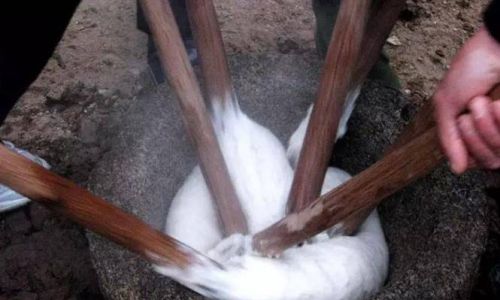
The Origins and Cultural Significance
The origins of Da Ci Ba trace back centuries, intertwined with the rhythms of agricultural life in China. Glutinous rice, a staple crop in many regions, became the canvas for communal creativity. The act of pounding steamed rice into a cohesive mass symbolizes unity—a metaphor for the bonds that hold families and communities together. Historically, this ritual was performed during the Lunar New Year, the Mid-Autumn Festival, and other auspicious occasions, serving as both a spiritual offering and a communal feast. The round shape of the final product, ci ba, mirrors the full moon, embodying wholeness, prosperity, and the cyclical nature of life.
The Process: From Grain to Glory
The art of Da Ci Ba is a meticulous dance of preparation, precision, and physical exertion. It begins days in advance with the selection of high-quality glutinous rice, soaked in water for hours to soften the grains. Once saturated, the rice is steamed in bamboo baskets over wood fires, infusing it with a smoky aroma that hints at the earth’s bounty. The steamed rice, now plump and translucent, is transferred to a large stone mortar—a vessel often passed down through generations, its surface worn smooth by countless pounding sessions.
Enter the dao—a heavy wooden mallet, its head carved to a blunt edge. This tool becomes an extension of the pounder’s will, demanding strength, rhythm, and coordination. Da Ci Ba is rarely a solitary endeavor; it thrives on collaboration. Family members or neighbors take turns wielding the dao, their movements synchronized in a hypnotic cadence. One person pounds while another kneads and folds the dough, ensuring even texture. The air fills with the resonant thud of wood meeting stone, a soundtrack to generations of laughter, stories, and shared purpose.
The transformation is gradual but profound. Initially, the rice remains stubbornly granular, resisting cohesion. With each forceful strike, the grains burst, releasing their starch and becoming increasingly adhesive. The dough evolves from a crumbly mess to a glossy, elastic mass, pulling away from the mortar’s edges like taffy. This alchemy of force and patience rewards the participants with a substance both humble and magical—a blank canvas ready to be shaped.
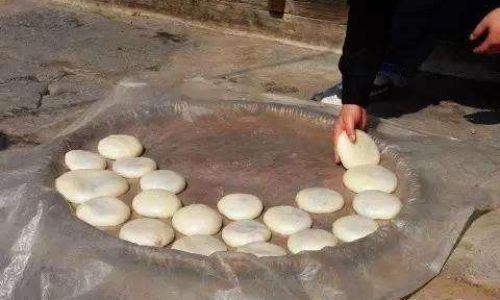
The Communal Spirit: More Than Just Food
Da Ci Ba is as much about human connection as it is about crafting cake. In an era dominated by individualism and convenience, this ritual reaffirms the value of collective effort. Elders pass down techniques to younger generations, preserving ancestral knowledge. Strangers become collaborators, their differences melted away by the shared goal of perfection. The mortar becomes a stage for storytelling, jokes, and even impromptu songs, transforming labor into celebration.
The physicality of the process also carries symbolic weight. Pounding rice demands strength, but it also requires finesse—too gentle, and the dough remains coarse; too harsh, and it becomes gummy. This balance mirrors life’s challenges, where perseverance and adaptability yield the sweetest rewards. The resulting ci ba, often dusted with roasted soybean flour or stuffed with sweet fillings like red bean paste, becomes a vessel for these lessons, each bite a reminder of the hands that shaped it.
Regional Variations and Modern Adaptations
China’s vast geography has nurtured countless regional interpretations of Da Ci Ba. In southern provinces like Guizhou and Yunnan, the cake might be flavored with osmanthus flowers or stuffed with savory pork, reflecting local ingredients. In Sichuan, spicy chili pastes add a fiery kick, while coastal regions incorporate seaweed or dried shrimp. Despite these variations, the core ritual remains unchanged: a communal act of creation that honors the land’s gifts.
Modernity has introduced adaptations, from electric grinders simplifying the pounding process to social media platforms showcasing Da Ci Ba workshops. Yet, purists argue that machine-made ci ba lacks the soul of its hand-pounded counterpart. Urbanites increasingly seek out rural experiences, traveling to villages to participate in authentic sessions, ensuring the tradition’s survival amid rapid urbanization.
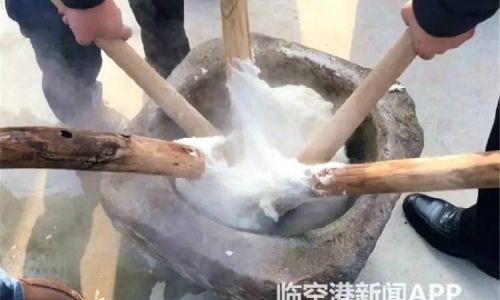
Symbolism and Spirituality
Beyond its culinary role, Da Ci Ba carries deep spiritual resonance. In some regions, the first batch of ci ba is offered to ancestors or deities, a gesture of gratitude for the harvest. The act of pounding is believed to drive away evil spirits, while the cake’s stickiness symbolizes the desire for prosperity to “cling” to the household. During weddings, ci ba might be exchanged as a promise of enduring partnership, its malleability reflecting the couple’s ability to adapt and grow together.
The Global Stage: Sharing China’s Heritage
As China’s cultural influence expands, Da Ci Ba has emerged as a culinary ambassador. Food festivals in New York, London, and Sydney now feature live demonstrations, where audiences marvel at the spectacle of pounding and the artistry of shaping. Chefs experiment with innovative fillings—matcha, Nutella, or even foie gras—while maintaining the dough’s traditional base. This fusion honors the past while inviting new generations to engage with the ritual.
Conclusion: The Sticky Thread of Tradition
In a world of instant gratification, Da Ci Ba endures as a testament to the beauty of slowness, effort, and shared purpose. It reminds us that some things—culture, memory, and the ties that bind us—cannot be rushed. Each pound of the mallet, each fold of the dough, and each laugh shared around the mortar weaves a thread in the tapestry of Chinese identity, ensuring that traditions as old as rice cultivation continue to nourish souls in an ever-changing world.
To witness Da Ci Ba is to witness history in motion—a living, breathing ritual that transforms simple ingredients into a feast for the senses and the spirit. As long as communities gather, mallets rise and fall, and the sweet scent of steamed rice lingers in the air, the soul of China will endure, one sticky, satisfying bite at a time.
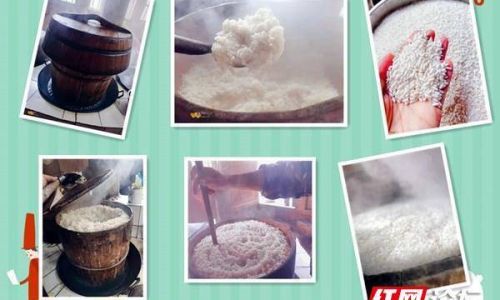

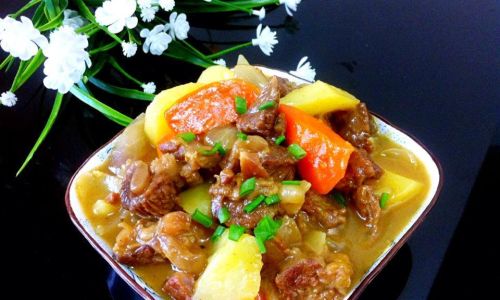
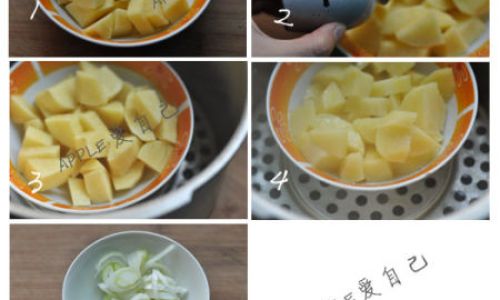
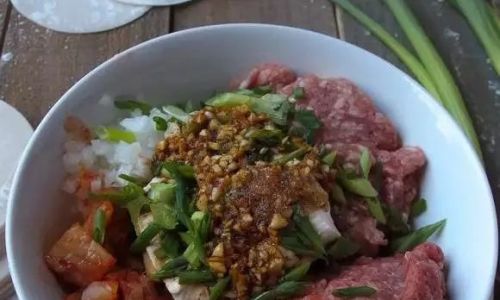
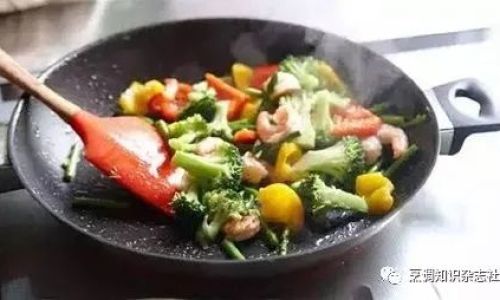
0 comments